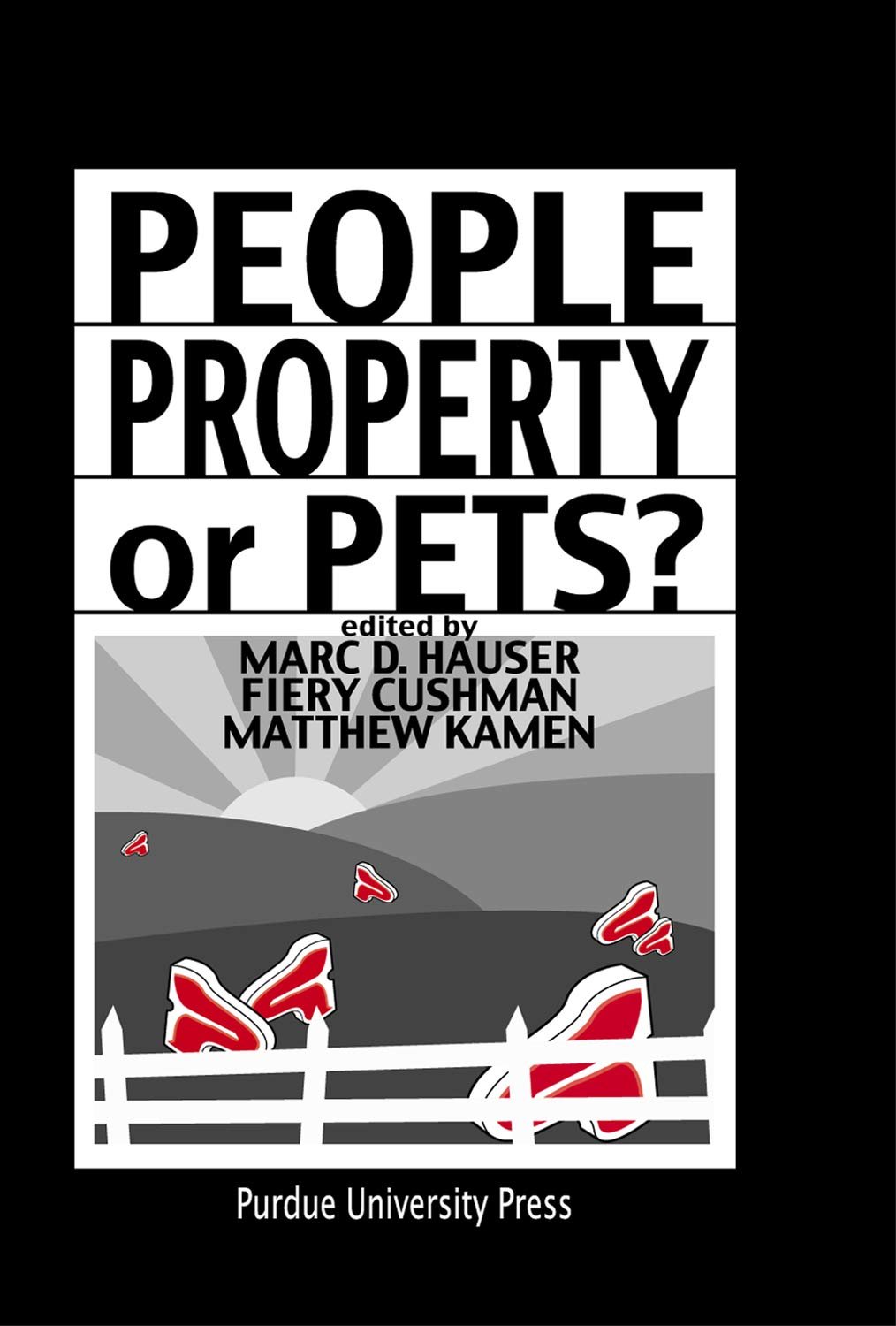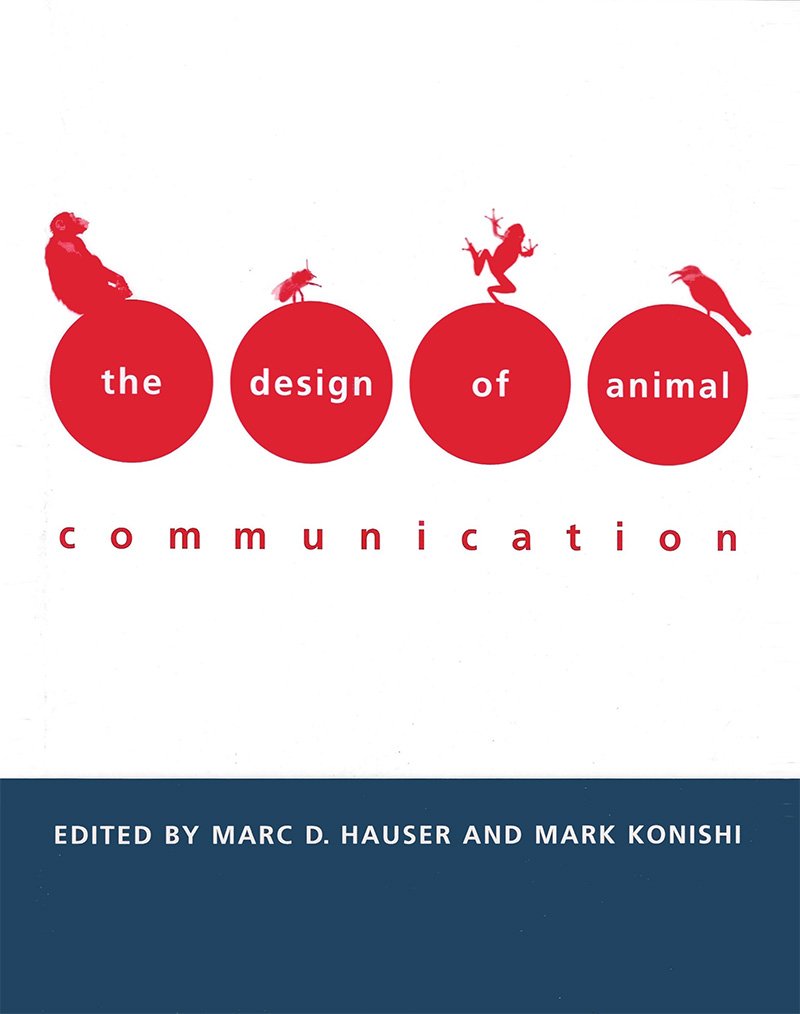The Books

In Vulnerable Minds, Hauser provides a new, scientific and humanistic understanding of how the nature of childhood adversity creates unique signatures of trauma. At the same time, Hauser reveals that some children bounce back from adversity, presenting with signatures of resilience. Hope for these children comes from designing interventions that are sensitive to their signatures, enabling greater resilience to and recovery from trauma.
The implications of Hauser’s theory of evil are unsettling: due to individual differences that begin with our biology, and can be enhanced by certain environments, seemingly normal people are capable of causing horrific harms, feeling rewarded and justified or nothing at all.
In his groundbreaking book, Marc Hauser puts forth a revolutionary new theory: that humans have evolved a universal moral instinct, unconsciously propelling us to deliver judgments of right and wrong independent of gender, education, and religion.
Do animals think? Can they count? Do they have emotions? Do they feel anger, frustration, hurt, or sorrow? At last, here is a book that provides authoritative answers to these long-standing questions.
Bound to become a classic and to stimulate debate and research, The Evolution of Communication looks at species in their natural environments as a way to begin to understand what the real units of analysis of communicating systems are.
A child can't be owned, but parents are legally responsible for their child's care. A painting and a dog can be owned; both fall under the jurisdiction of the law and in particular, property rights. But why should a dog, man's best friend, an animal with a mind and emotions, fall under the same category as a painting?
Leaders in cognitive psychology, comparative biology, and neuroscience discuss patterns of convergence and divergence seen in studies of human and nonhuman primate brains.
Based on the approach laid out in the 1950s by Nobel laureate Nikolaas Tinbergen, this book looks at animal communication from the four perspectives of mechanisms, ontogeny, function, and phylogeny.








